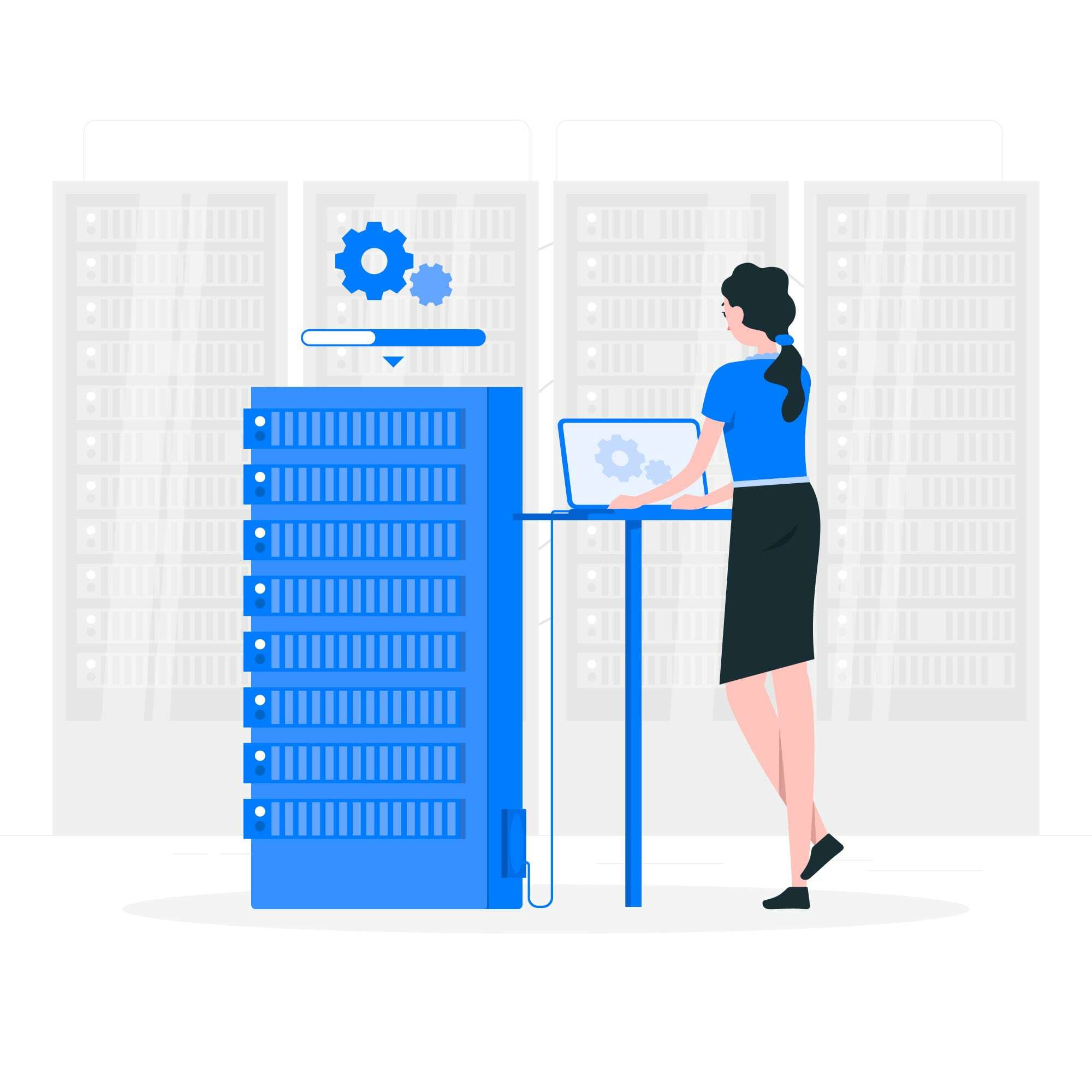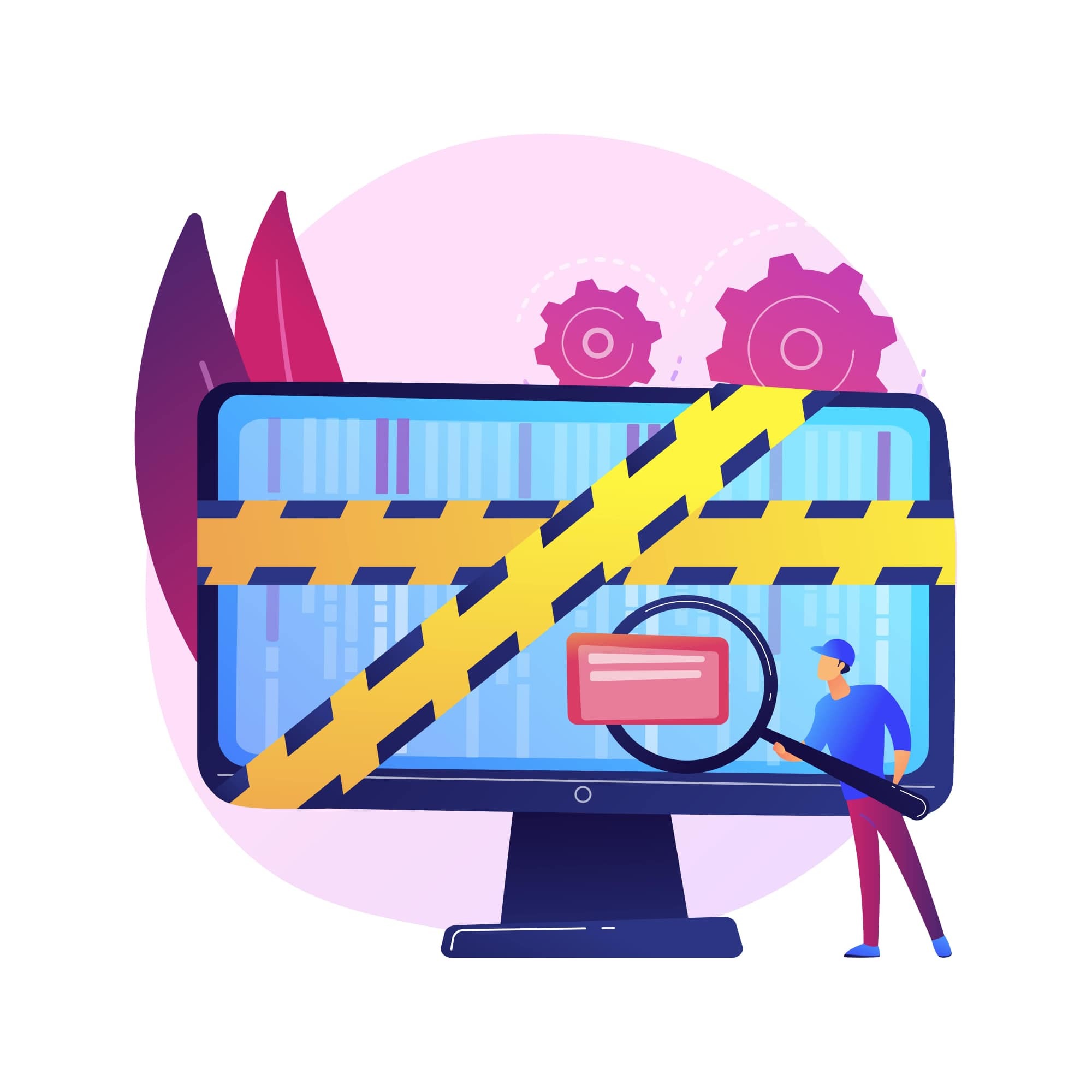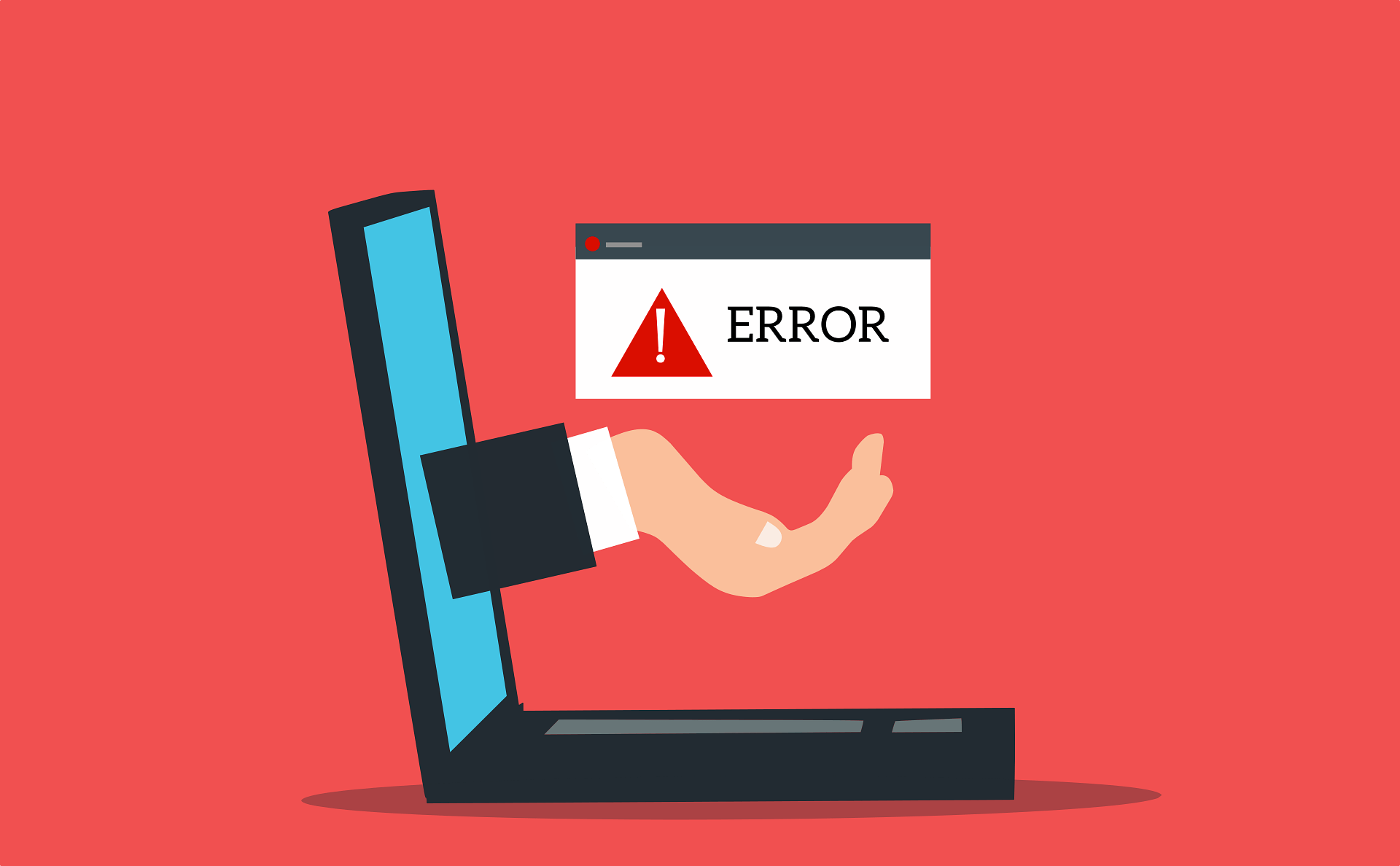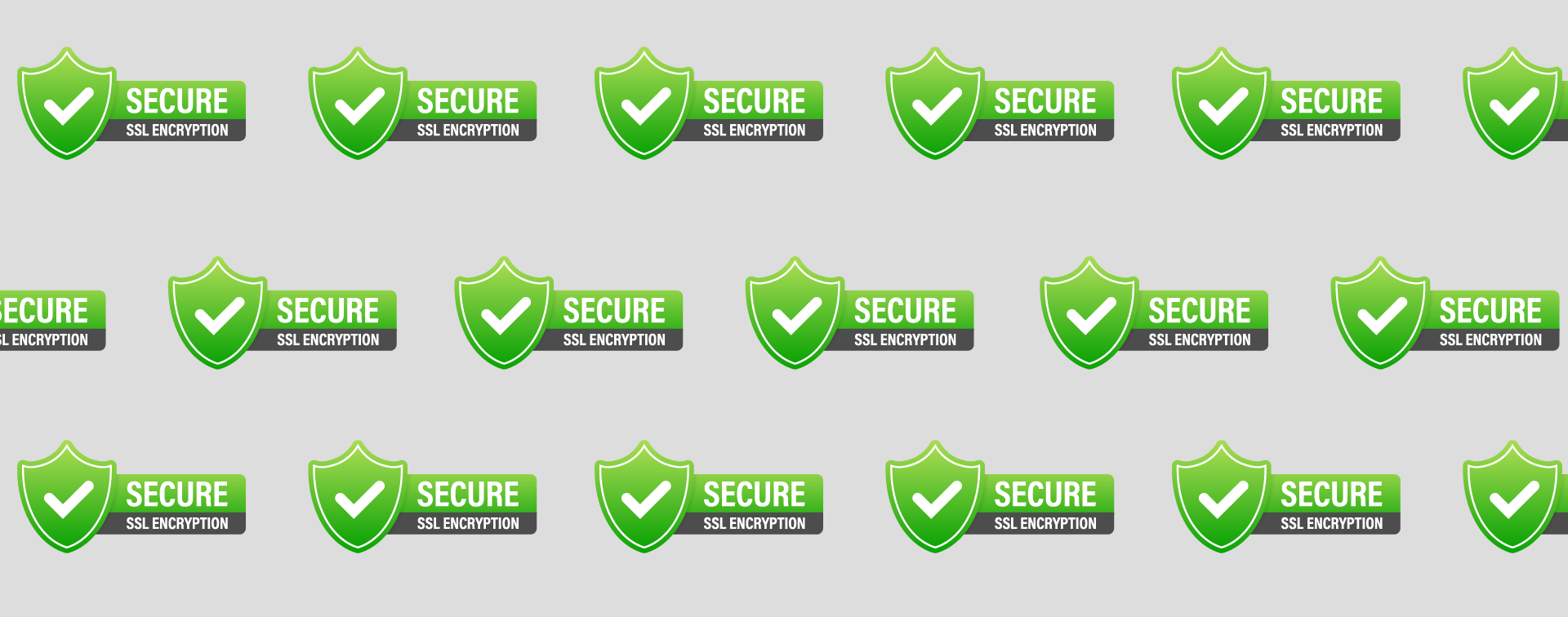
Understanding Cybersecurity
In the age of data, with organizations creating trillions of gigabytes of new information each year, it’s easy to think of cybersecurity as a mere synonym for “data protection.” But cybersecurity is so much more. By shielding companies’ data and systems from organized criminal attacks, cybersecurity programs also protect businesses from operational interruptions, financial losses, legal penalties, and the destruction of customer trust.
In the digital age, having a comprehensive cybersecurity strategy is now just as crucial to organizational success as accounting, sales, marketing and other core business functions. The cybersecurity stakes are higher than ever and growing by the day. In fact, the World Economic Forum (WEF) projects that by 2021:
- Global cybercrime costs could total approximately $6 trillion in the US.
- If cybercrime were a country, it would have the third largest economy in the world.
Clearly, cybercrime is big business, and it operates like one. As part of this big business approach, many hackers are now automating attacks at scale, looking for ways into companies’ databases, email systems and networks to harvest data for resale and ransom. Without a comprehensive cybersecurity strategy, your company remains vulnerable to a constant stream of cyberattacks and the business damage they cause.
How big is the impact of cybercrime?
As at the threat landscape continue to develop, the impact of cybercrime is more far-reaching and costly to businesses than ever before. In fact:
- On average, websites are attacked 94 times per day.
- Security breaches have increased by 67% in the last five years, per the WEF.
- Businesses and consumers in the U.S. lost more than $3.5 billion to cybercriminals in 2019, according to the FBI.
- Ransomware cost businesses and individuals nearly $9 million in the U.S. in 2019.
- Data breaches cost an average of $3.9 million worldwide in 2019, according to a Ponemon Institute survey.
Part of what makes cybercrime such a vast enterprise is that there are so many digital elements within the technology stack that can be attacked – from networks to web apps. Cybersecurity, in its broadest context, should protect it all.
What’s in the tech stack?
Every organization has a tech stack, which is all the software required for the business to accomplish its goals. Each element in the stack is necessary but potentially vulnerable to threats.
The network is the hardware that connects an organization’s devices, such as routers, servers, computers, mobile devices and internet of things (IoT) devices. If intruders gain access to the network, they can roam freely to steal data, spy on email conversations and take over accounts on the network.
The operating system is the software that runs the computers and other devices on the network. Zero-day exploits of operating system vulnerabilities, intrusions via unpatched security gaps and administrator credential theft are some of the ways criminals can get into operating systems to steal data and take over accounts.
Core services are tools from Linux, Google, Microsoft and other software publishers that let developers build apps on their platforms. Vulnerabilities here can allow attackers to remotely grant themselves privileges to alter programs, change data, install apps and create new accounts.
Databases are the repositories of information, the thing most cybercriminals are after. With database access, thieves can use the data to commit fraud, blackmail, extortion, identity theft and to turn a quick profit by selling it to other criminals on the dark web. Additionally, hackers can lock organizations out of their databases and hold them for ransom.
Web servers host the organization’s websites, including the databases that contain all the website elements. If attackers can breach web server firewalls, they can steal sensitive information like customers’ payment data.
Third-party and custom web apps are the software that shapes how the website looks and functions. If attackers can inject malicious code into these apps, they can deface websites with their own messages, steal customer data as they enter it in website forms, redirect visitors to phishing sites and more.
How does cybersecurity protect the tech stack?
To help protect businesses, there are cybersecurity solutions to address the threats most common to each component of the tech stack. Some cybersecurity providers protect multiple stack elements, while others only focus on specific pieces.
Network security
Virtual private networks (VPNs) encrypt traffic to and from the organization’s network when employees are working remotely. VPNs keep criminals from “seeing” company data as it flows from a company issued laptop or mobile device to network servers.
Additionally, network segmentation is an effective strategy tolimit intruder access and diminish the impact of an intrusion. For example, a power plant might segment its network so that its email system and plant controls are on separate networks. That way, an email account takeover can’t lead directly to a plant takeover.
Also, phishing prevention, detection and remediation protect against wire-transfer and direct-deposit scams, malware installation, and credential theft that can give intruders network access.
Operating system security
To protect operating systems and the computers they run on, running malware and vulnerability scans can help to identify infections and potential entry points for malware and repair or remove the threats.
Core services security
Malware and vulnerability scans are also important to prevent exploits in core services and the apps built on them.
Database, web server and web app security
As a digital storage room full of important customer information, a database is one of the most important aspects of a website that requires protection. Some of these areas of security include:
- Malware scanning and removal: Frequent, regular malware scans, removals and patches protect website components against intruders and spammers.
- Web application firewalls (WAFs): To prevent malicious visitors from accessing databases and intercepting data through the front end of the website.
- Distributed denial of service (DDoS) prevention: Tools that protect the site from crashing under the strain of DDoS attacks.
- Website backup: Regular site backups allow for quick recovery after a disaster and protect one of the most important components of a website – the database.
Cybersecurity best practices beyond the tech stack
Good cyber hygiene isn’t only about software and systems. It’s also about people. Although not formally included in the tech stack, education and security awareness is critical to any successful cybersecurity strategy.
Security awareness training educates employees about cybersecurity best practices and alerts them to new threats. This kind of training is most effective when it’s ongoing, not just a one-time event. Regular reminders can help employees keep cybersecurity in mind, helping ensure the security of the business.
A culture of cybersecurity results from continuous training plus clear leadership on security issues. When leaders use best practices, communicate often about security goals, and reward employees who prioritize security, a safety-first mindset protects the entire organization. In a cybersecure culture, employees are less likely to become victims of ransomware and phishing attacks that lead to data theft, shutdowns and other cyber threats. And in a cybersecure culture, leadership ensures that each element of the tech stack is fully protected.
Start building a stronger cybersecurity program
Maintaining a comprehensive cybersecurity program is crucial to staying secure in the current threat landscape as well as to drive the overall success of your business.
Contact us today at (855) 237-2906 to learn more about how to build a stronger cybersecurity program to help protect your business from cyberattacks and the damages they cause.





